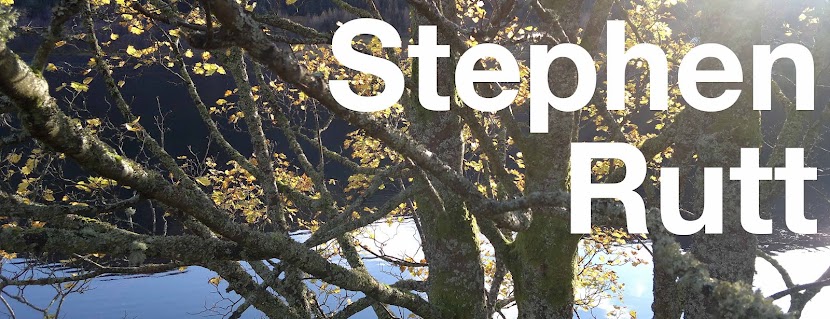I can’t remember why I’d decided it would be a good idea,
but four days after turning up in London, my birding instincts kicked in. A
screech from the sky: I instinctively looked up and through the deep blue sky sailed a
parakeet.
Four days. That was as long as I could not look up, as long
as I could go without birds. Before I had disregarded the Ring-necked Parakeets
of suburban London as much as I had the city itself: a ghastly, unnatural
place, with very few redeeming features. I still feel the same way towards the
city. It’s a hot and horrible place of seething streets and airless spaces and
good jobs that pay well. For a country boy these things are particularly hard
to adjust to.
But something changed. It wasn’t that exact parakeet, it
merely teed up the one that did. Two stultifying days later, the atmosphere was
dense and the scent of traffic fumes inescapable. That was when I found it.
After a sweaty day of flat viewing across the city, it was perched in a tree
outside the house I’m currently, gratefully, staying at. Sitting flush to the
branch, the long tail made more sense than it does wobbling through the sky.
But it was the turquoise sheen – a colour I didn’t expect and couldn’t place on
prior parakeets – that took me by surprise. It was the colour of the sky and
sycamore leaves painted on to the exotic bird sat above me. It was that what
made me see it for the jewel like bird it is. One that could not be more
strangely appropriate for London.
So why had I been ignoring it? I think birders, myself
included, can be too hung up on the purity, the naturalness, of nature. That is
its own small unquestioned absurdity. Nature in the pristine, untouched sense
doesn’t really exist. Dig deep enough and you’ll find an artificial element in
its history, in any history. Birds for me are the most visible, joyous example
of nature as it now is. Free, yet altered in most possible ways by human
influence. Kept in a cage they are just animals. When the cage blows over, and
they flex their wings and fly as they would anywhere is when they become nature
for me. The lingering sense of dislike – that category C sniffiness – does
nothing any favours at all, not the bird or the person. So you might as well
celebrate it; at the very least acknowledge it.


